Top 10 Traditional Japanese Cultural Experiences

Japan blends old traditions with modern life, making it a top destination for travelers looking to experience its unique culture. From tea ceremonies to sumo tournaments, visitors can participate in customs that have been passed down for centuries. Whether wearing a kimono in Kyoto, soaking in an onsen, or watching a kabuki play, these experiences offer a direct connection to Japan’s heritage.
For those looking to go beyond sightseeing, here are ten cultural experiences that give a real taste of Japan’s traditions and way of life.
Top 10 Japanese Cultural Experiences Ranking
- Go to a Traditional Tea Ceremony
- Rent a Kimono
- Stay in a Ryokan
- Attend a Sumo Wrestling Tournament
- Try a Samurai or Ninja Experience
- Relax in an Onsen
- Watch a Kabuki or Noh Theater Performance
- Take a Calligraphy or Flower Arrangement Class
- Visit a Traditional Japanese Garden
- Experience a Japanese Festival
1. Participate in a Traditional Tea Ceremony
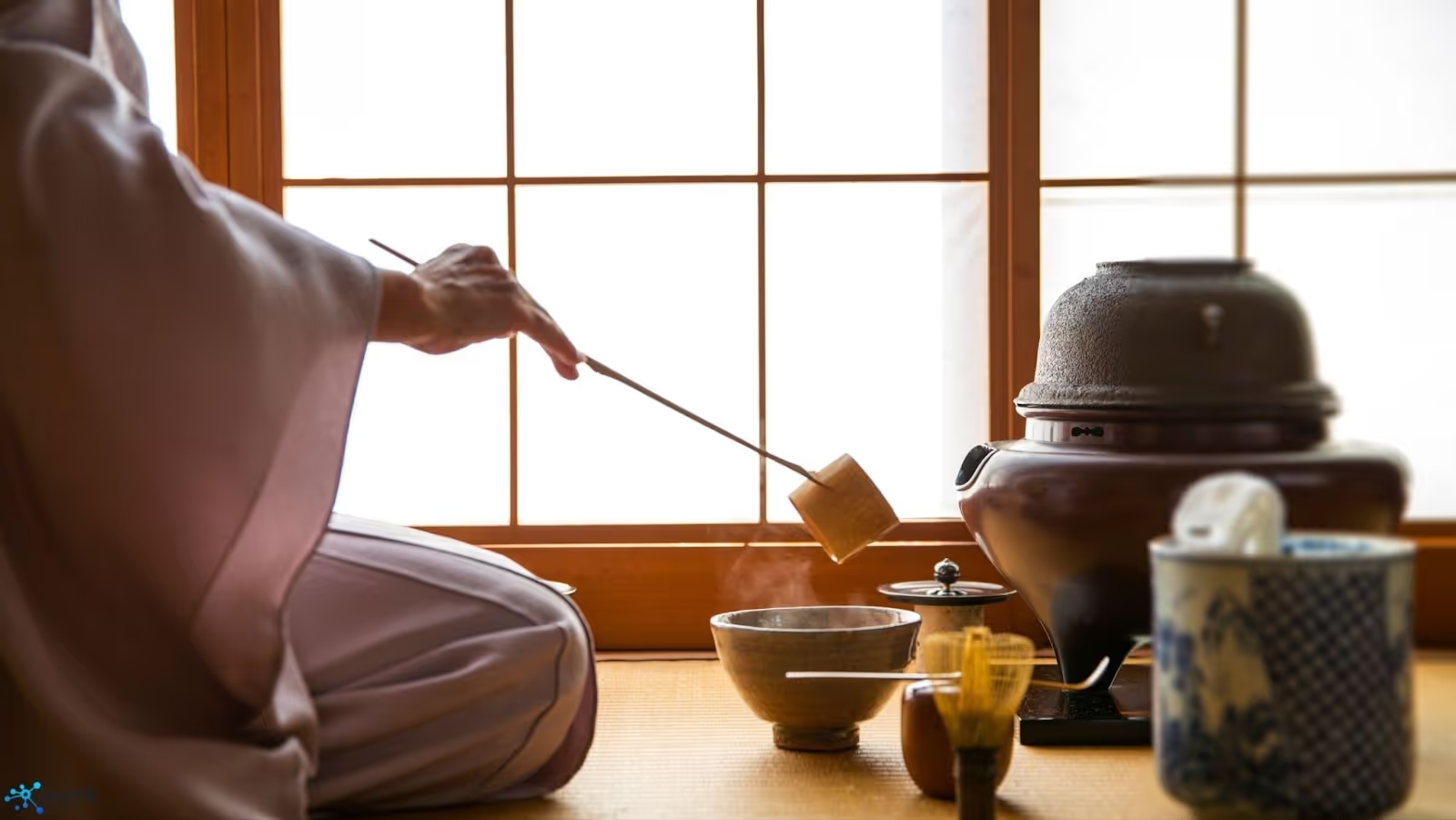
A Japanese tea ceremony (sadō or chadō) is a ritual of preparing and serving matcha green tea with precision and grace. Rooted in Zen Buddhism, it focuses on harmony, respect, purity, and tranquility. Kyoto’s historic tea houses are among the best places to experience this slow, meditative practice, where every movement has meaning.
2. Wear a Kimono and Walk Through Historic Streets

Renting a kimono for the day is a popular way to explore traditional areas like Kyoto’s Gion district, Kanazawa’s Higashi Chaya, or Tokyo’s Asakusa. Shops offer full kimono sets, complete with obi belts and wooden sandals, making it easy for visitors to step into Japan’s past while strolling through historic streets and temples.
3. Stay in a Ryokan and Enjoy a Kaiseki Meal
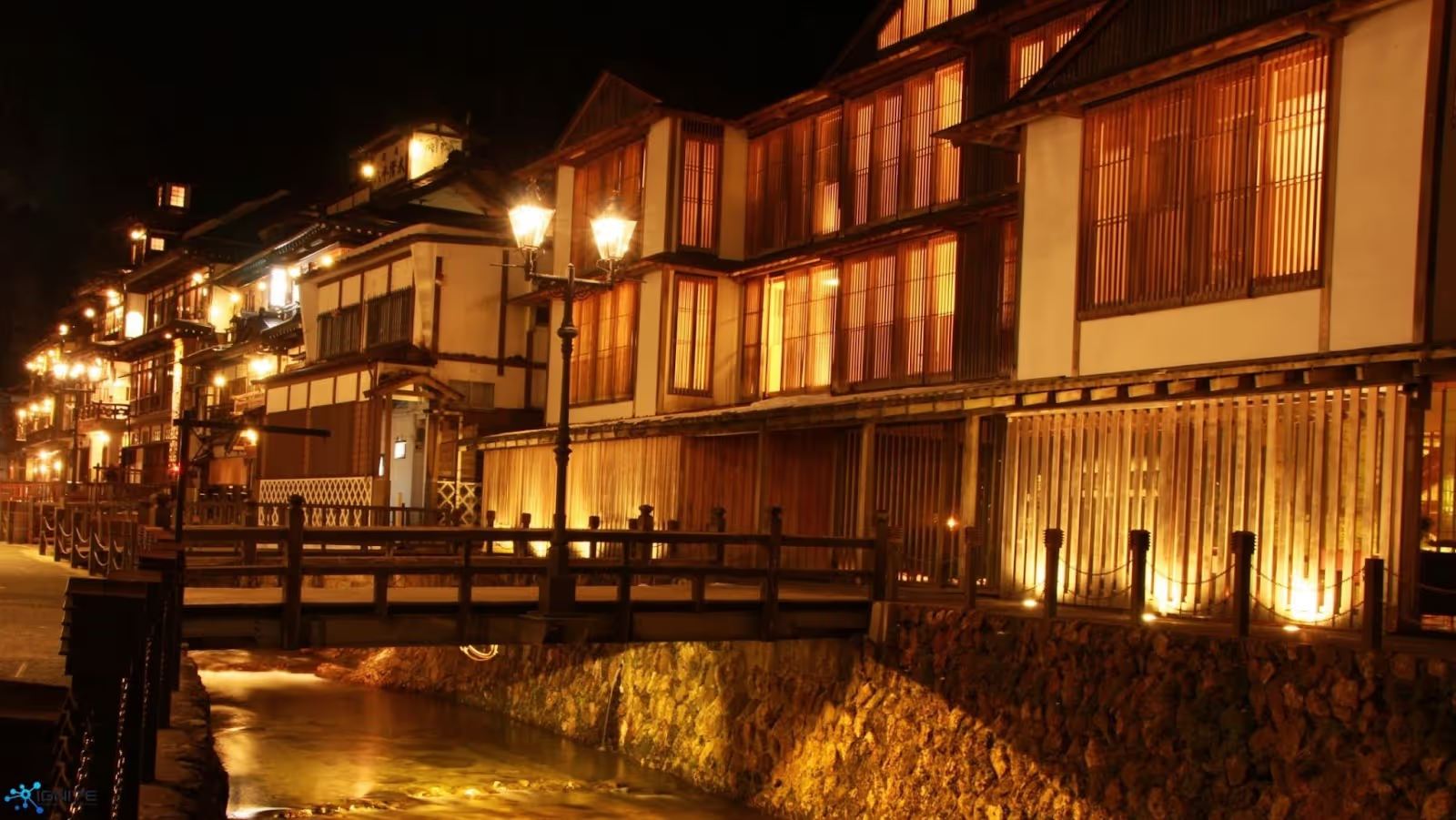
A night at a ryokan (traditional inn) is a deep dive into Japanese hospitality. Guests sleep on futons in tatami-matted rooms and enjoy kaiseki, a multi-course meal featuring seasonal ingredients prepared with precision. Popular ryokan destinations include Hakone, Kyoto, and Takayama, where natural surroundings enhance the experience.
4. Attend a Sumo Wrestling Tournament
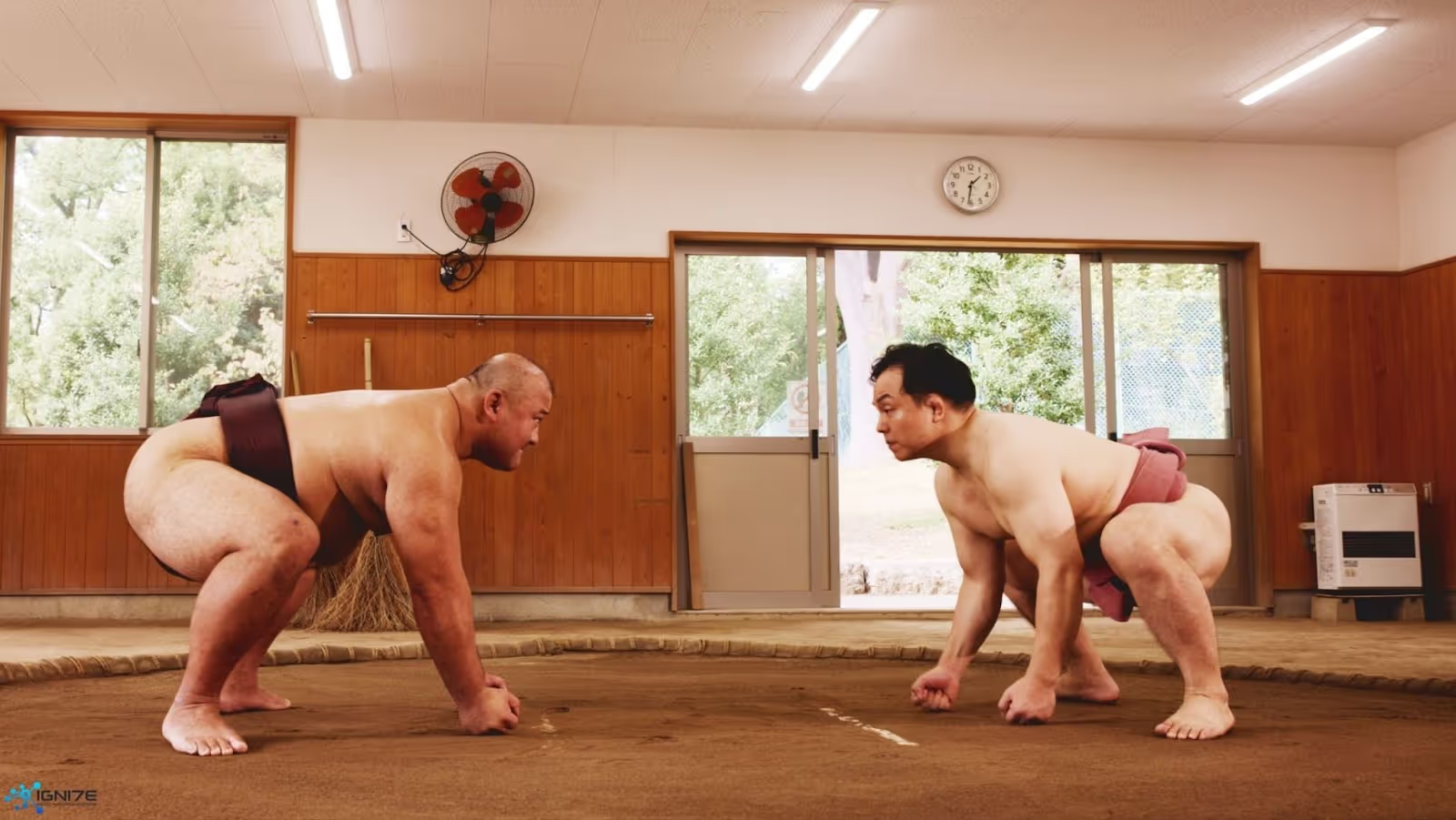
Sumo is Japan’s national sport, and watching a tournament is an unforgettable experience. The matches, steeped in Shinto rituals, take place in Tokyo, Osaka, Nagoya, and Fukuoka throughout the year. For a closer look at the sport, some sumo stables offer morning training sessions where visitors can watch wrestlers practice up close.
5. Try a Samurai or Ninja Experience
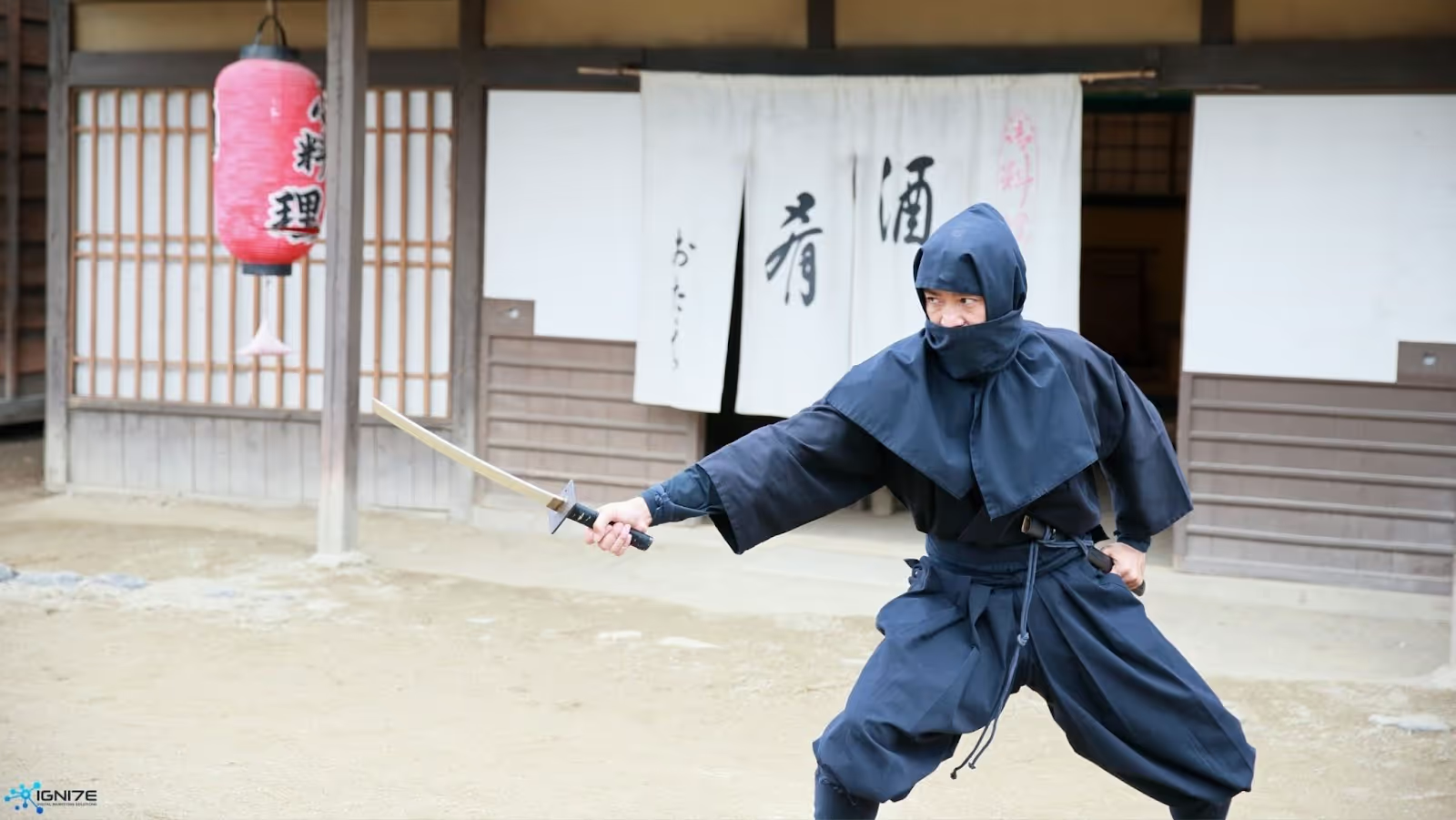
Samurai and ninja culture remain a major draw for tourists. In Tokyo and Kyoto, visitors can train in samurai swordsmanship using real katana or learn about the warrior code of bushidō. Iga and Koka, Japan’s historical ninja hubs, offer hands-on experiences, including throwing shuriken and navigating obstacle courses.
6. Relax in an Onsen
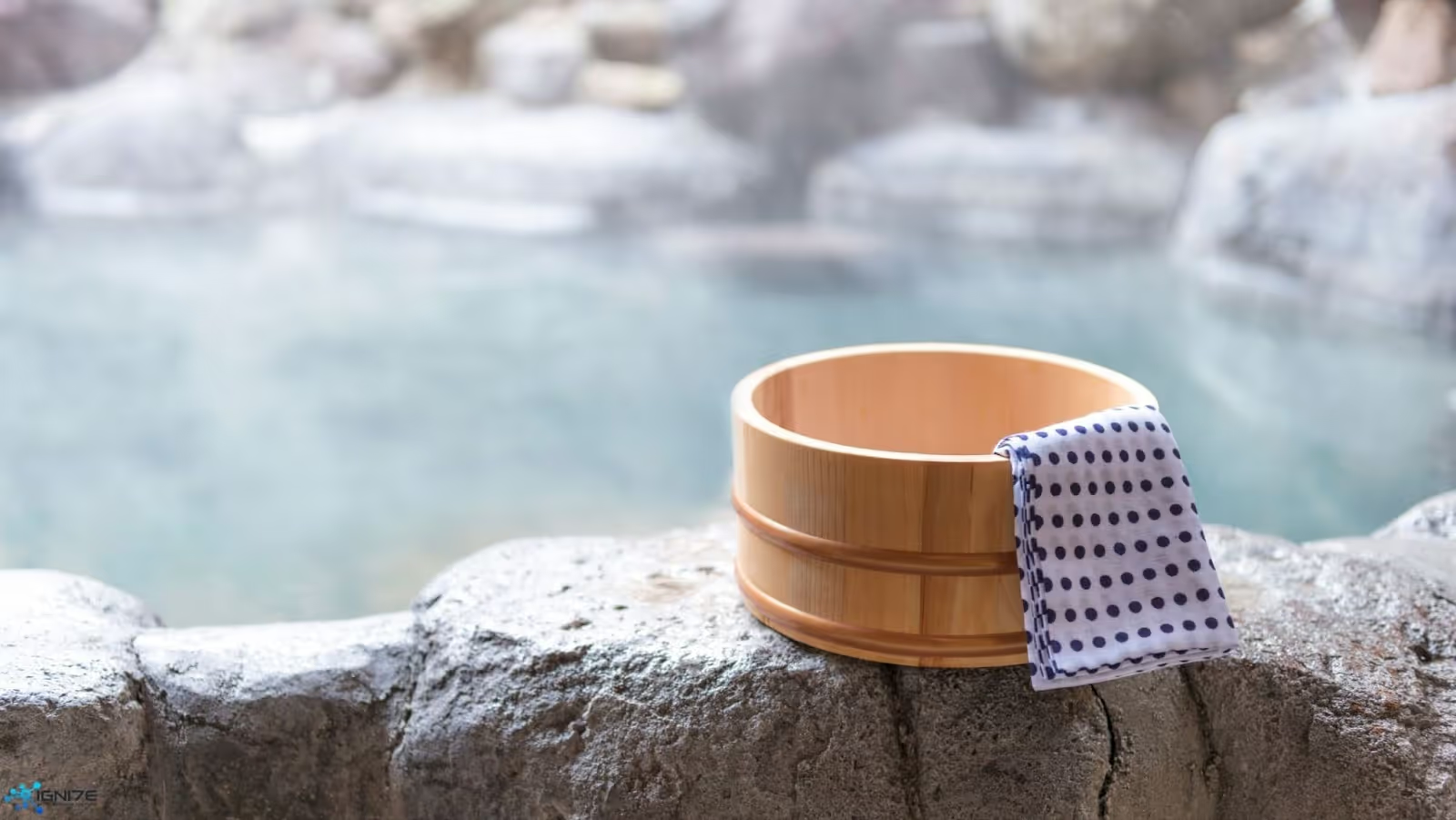
Soaking in an onsen is one of the most relaxing ways to experience Japanese culture. Towns like Hakone, Beppu, and Kusatsu are famous for their hot springs, offering everything from open-air baths with mountain views to historic bathhouses dating back centuries. Some ryokan provide private onsen, ideal for first-time visitors who may be shy about communal bathing.
7. Watch a Kabuki or Noh Theater Performance

Kabuki, with its elaborate costumes and dramatic storytelling, is one of Japan’s most visually striking art forms. Tokyo’s Kabukiza Theatre stages daily performances, while Kyoto’s Minami-za is another historic venue. Noh, a more minimalist and slow-moving performance style, can be seen at the National Noh Theatre in Tokyo.
8. Take a Calligraphy or Flower Arrangement Class
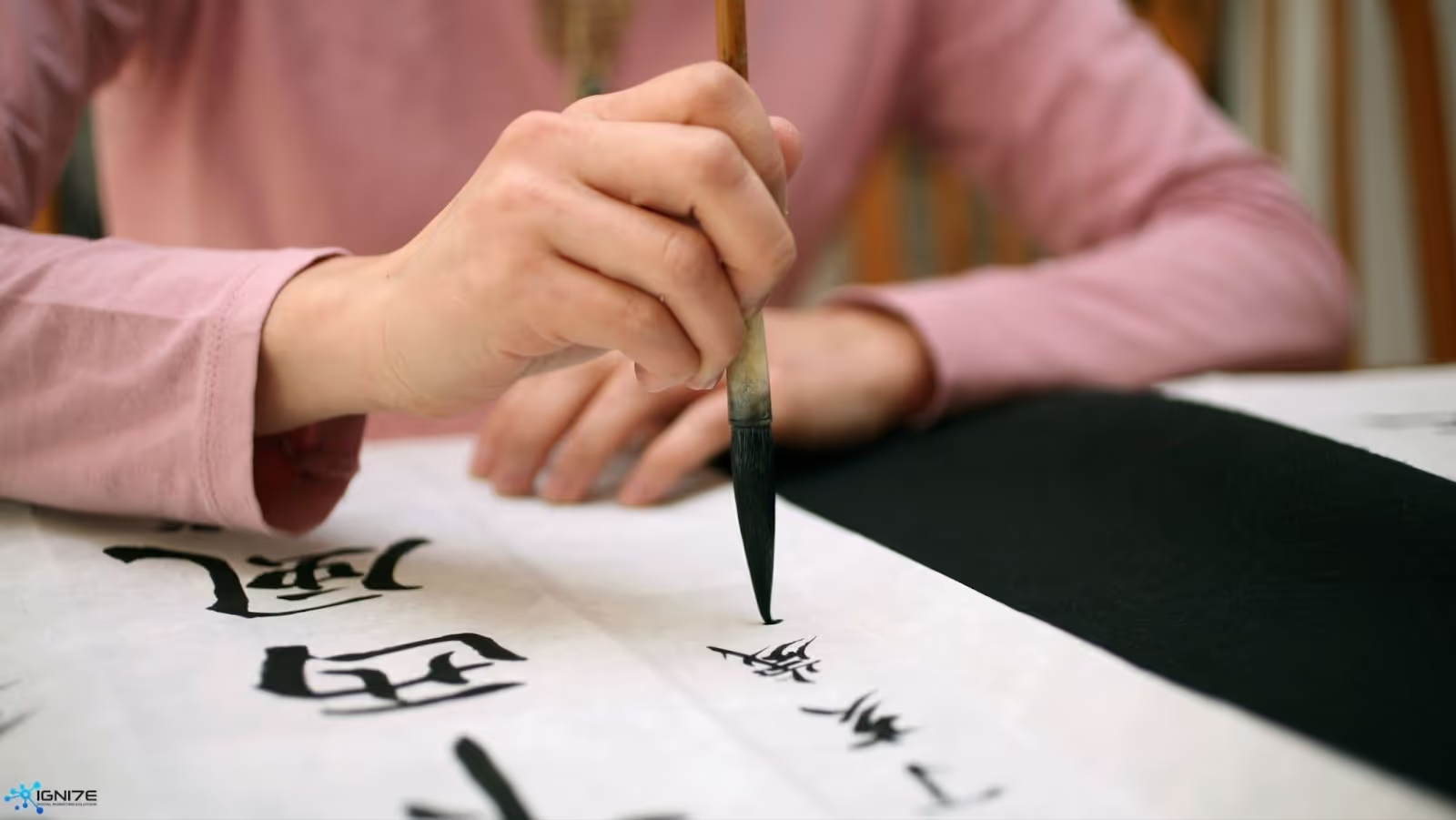
Japanese calligraphy (shodō) and flower arrangement (ikebana) are traditional arts that emphasize simplicity and precision. Workshops are available in major cities, where visitors can learn brush techniques or create floral arrangements that follow Japan’s aesthetic principles of balance and harmony.
9. Visit a Traditional Japanese Garden
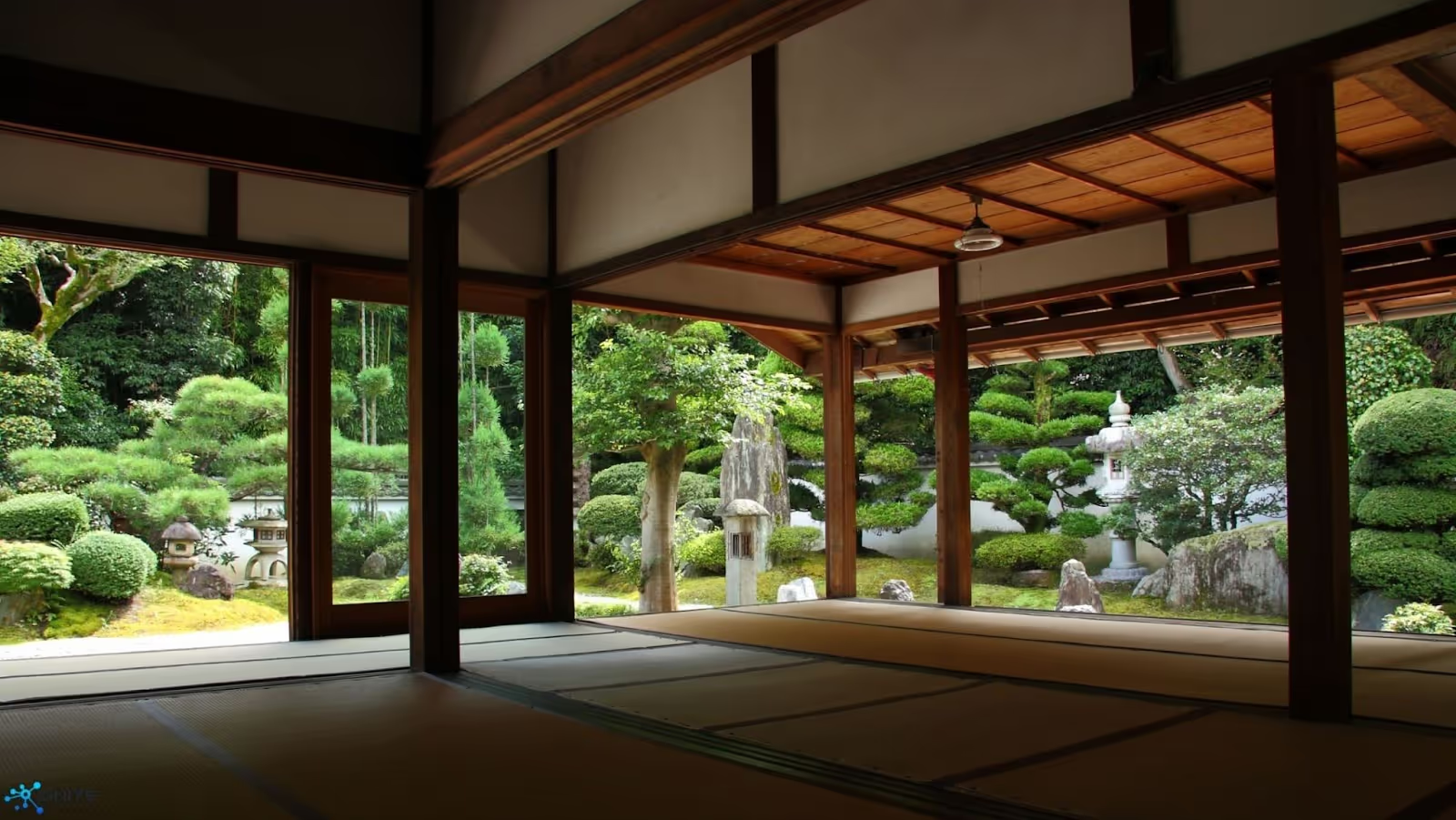
Japan’s gardens are designed for reflection and appreciation of nature. Kenroku-en in Kanazawa, Ritsurin Garden in Takamatsu, and Kairaku-en in Mito are among the country’s most famous gardens, featuring koi ponds, stone lanterns, and meticulously arranged landscapes that change with the seasons.
10. Experience a Japanese Festival
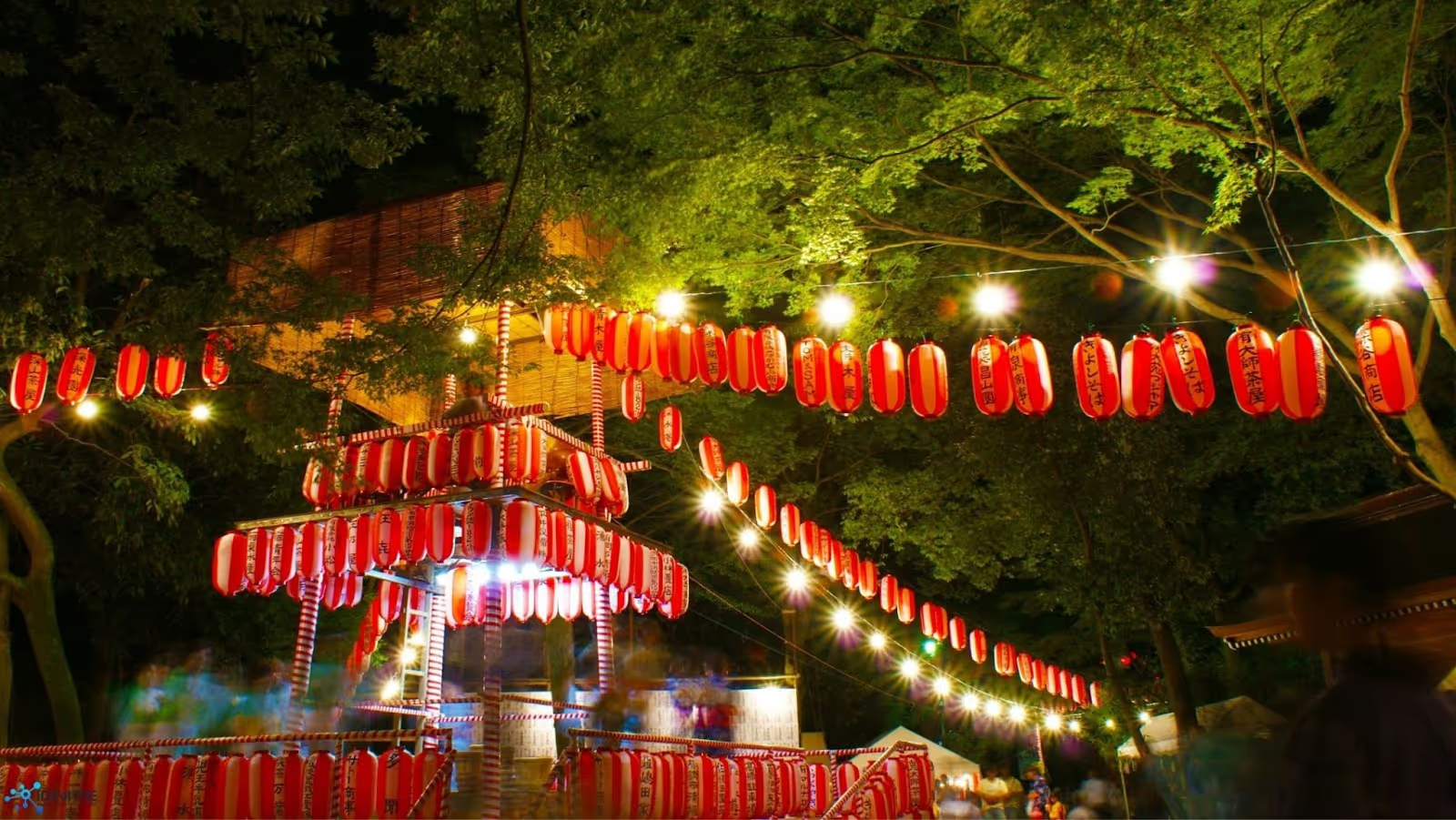
Japan’s festivals are lively, colorful events that offer an up-close look at local traditions. Summer festivals like Kyoto’s Gion Matsuri and Aomori’s Nebuta Matsuri feature massive floats and street parades, while winter events like the Sapporo Snow Festival showcase intricate ice sculptures. Each season brings a new festival, making them a great way to experience Japan’s regional cultures.
Conclusion
These experiences go beyond sightseeing, offering a deeper connection to Japan’s history and traditions. Whether participating in a tea ceremony, watching sumo, or relaxing in an onsen, visitors can engage with Japanese culture in a hands-on way. Exploring these traditions not only makes a trip to Japan more memorable but also provides insight into the customs that continue to shape daily life today.

















